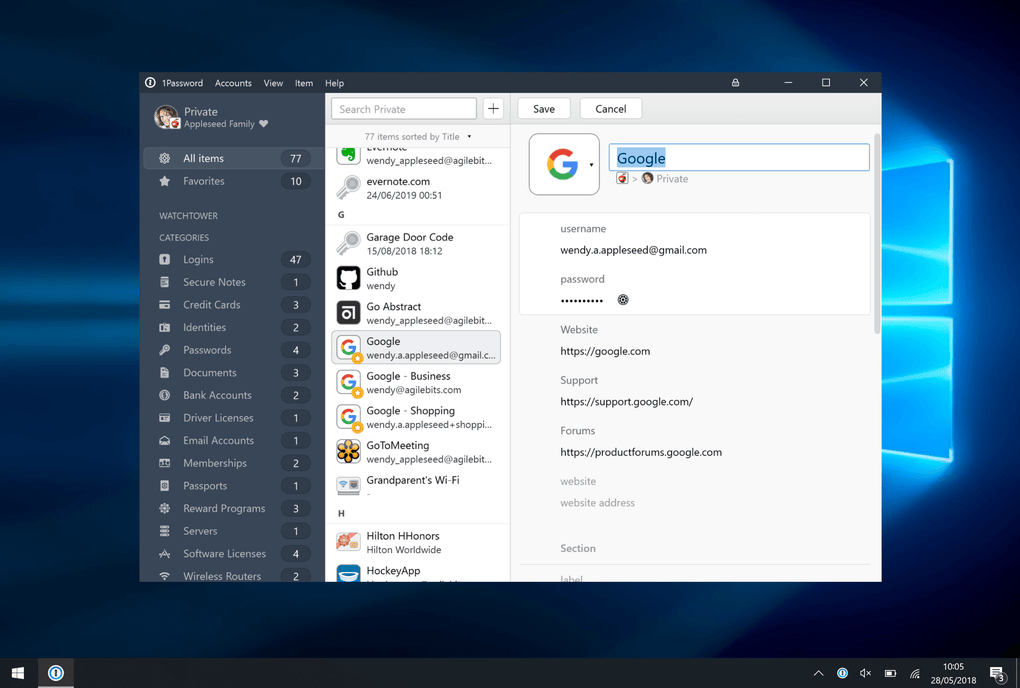

1Password authenticates the GitHub CLI with your personal access token instead of a username and password. Before you can use 1Password to authenticate the GitHub CLI, youll need to create a GitHub personal access token. "faultFormatter": "esbenp. Step 1: Create and save a GitHub personal access token. "workbench.iconTheme": "material-icon-theme",
#Zsh 1password install
To install Nix I do need some basic development tools installed like git, curl and so on:
#Zsh 1password mac
Instead I maintain a little setup guide for the few occasions where I actually have to set up a new mac from scratch (see below). Spending time automating something that it’s quite unlikely I’ll ever run again on the same OS, the same hardware, or even the same desired end goal, just wasn’t worth the effort for me. When working with items, the cache is most effective after it has a list of the items in a vault. Autofill public keys in your browser for Git and other cloud platforms. With 1Password, you can: Generate and import your SSH keys. To use the cache, use the -cache option with a command. Introducing 1Password for SSH & Git, the single source of truth for all your SSH keys. I automate as little of the initial setup as possible (installing apps etc.). 1Password CLI can use its daemon process to cache items, vault information, and the keys to access information in an account. I used dotfiles to configure iTerm, and quickly pulled down Brew to get.

The major change from v1 is that I now do 99% of my development in Cloud Development Environments (CDE) which means that I install very few tools locally. When I received my new laptop at Hashicorp, I began personalising it as we all do.


 0 kommentar(er)
0 kommentar(er)
